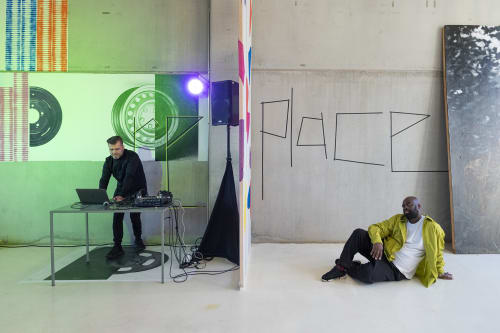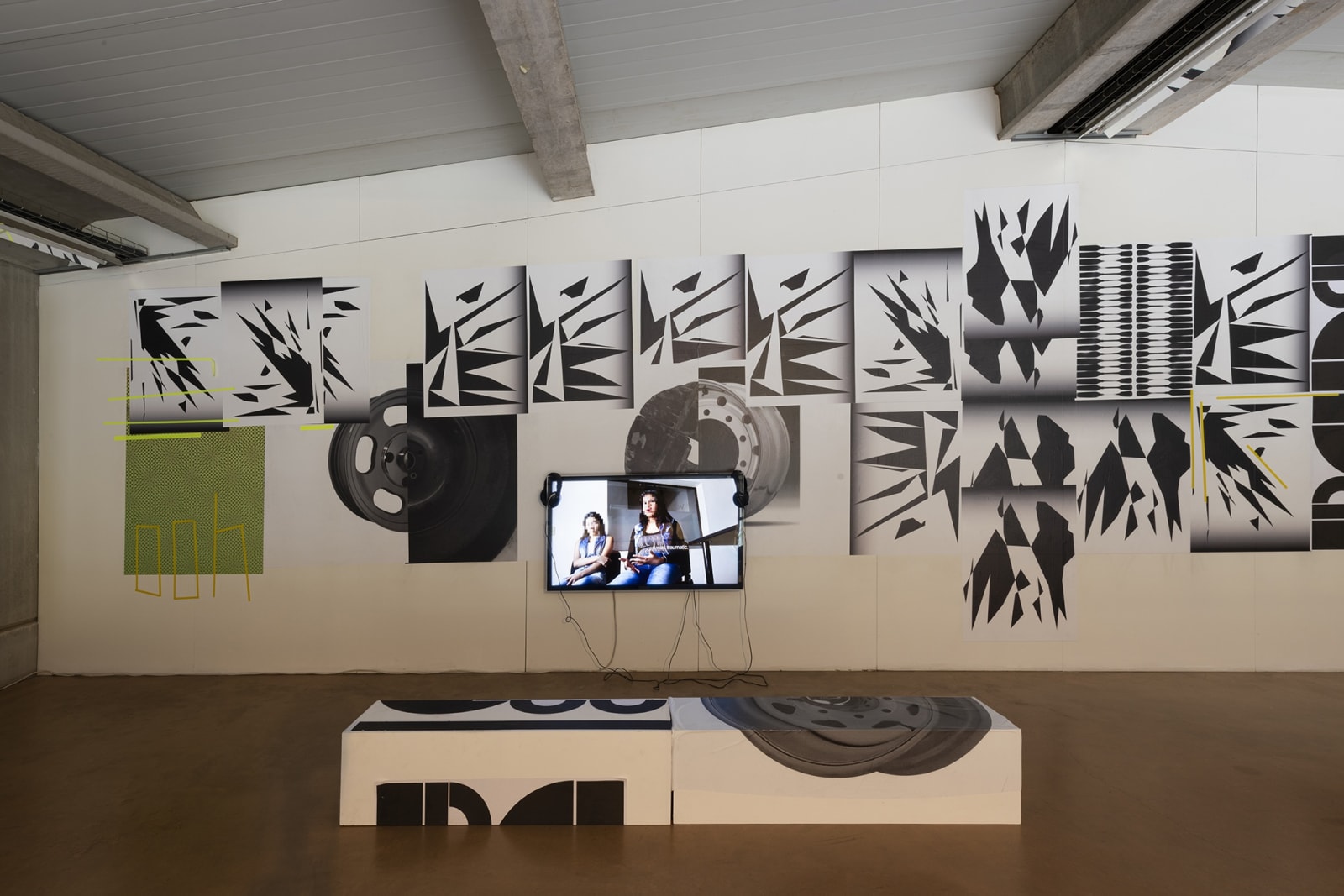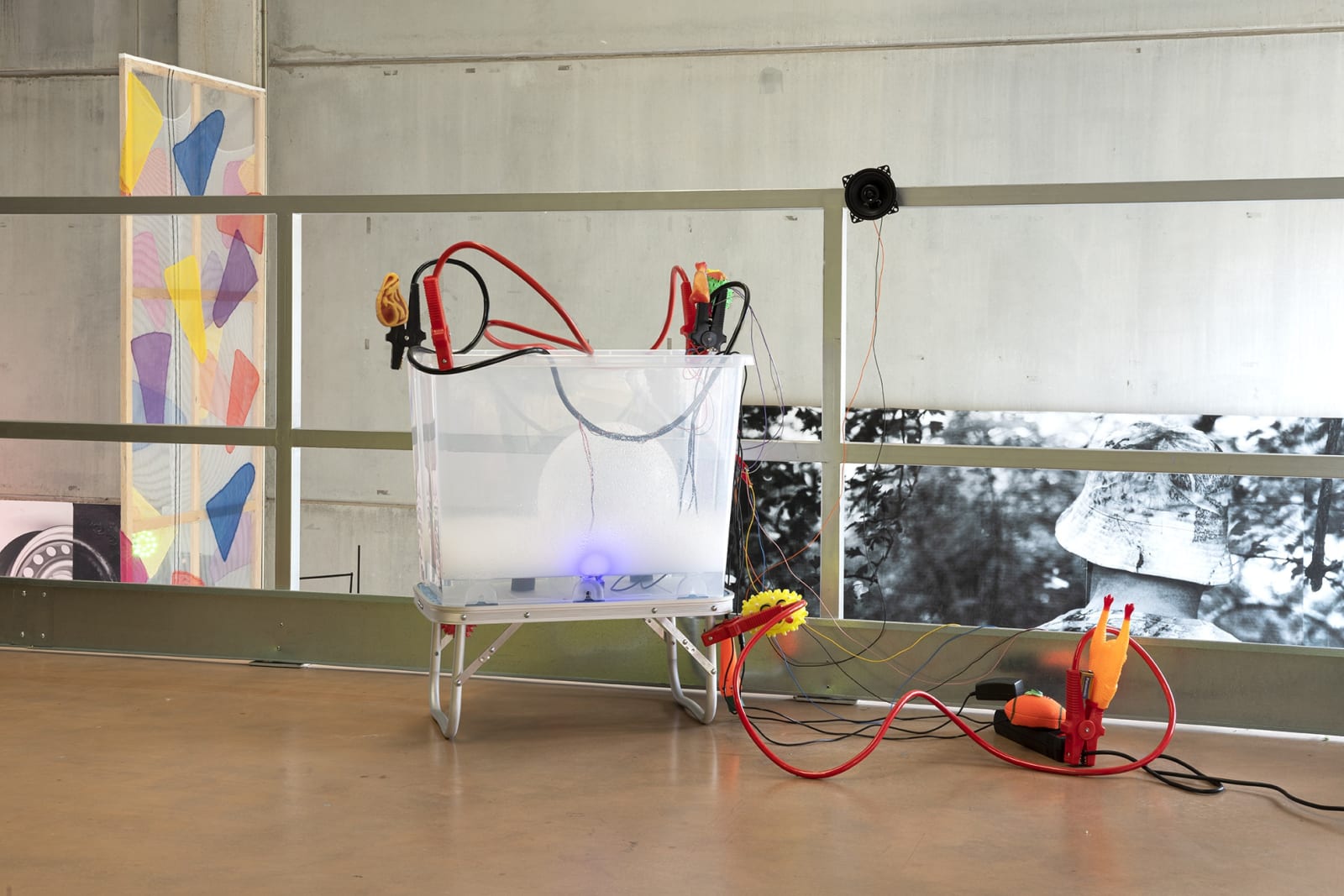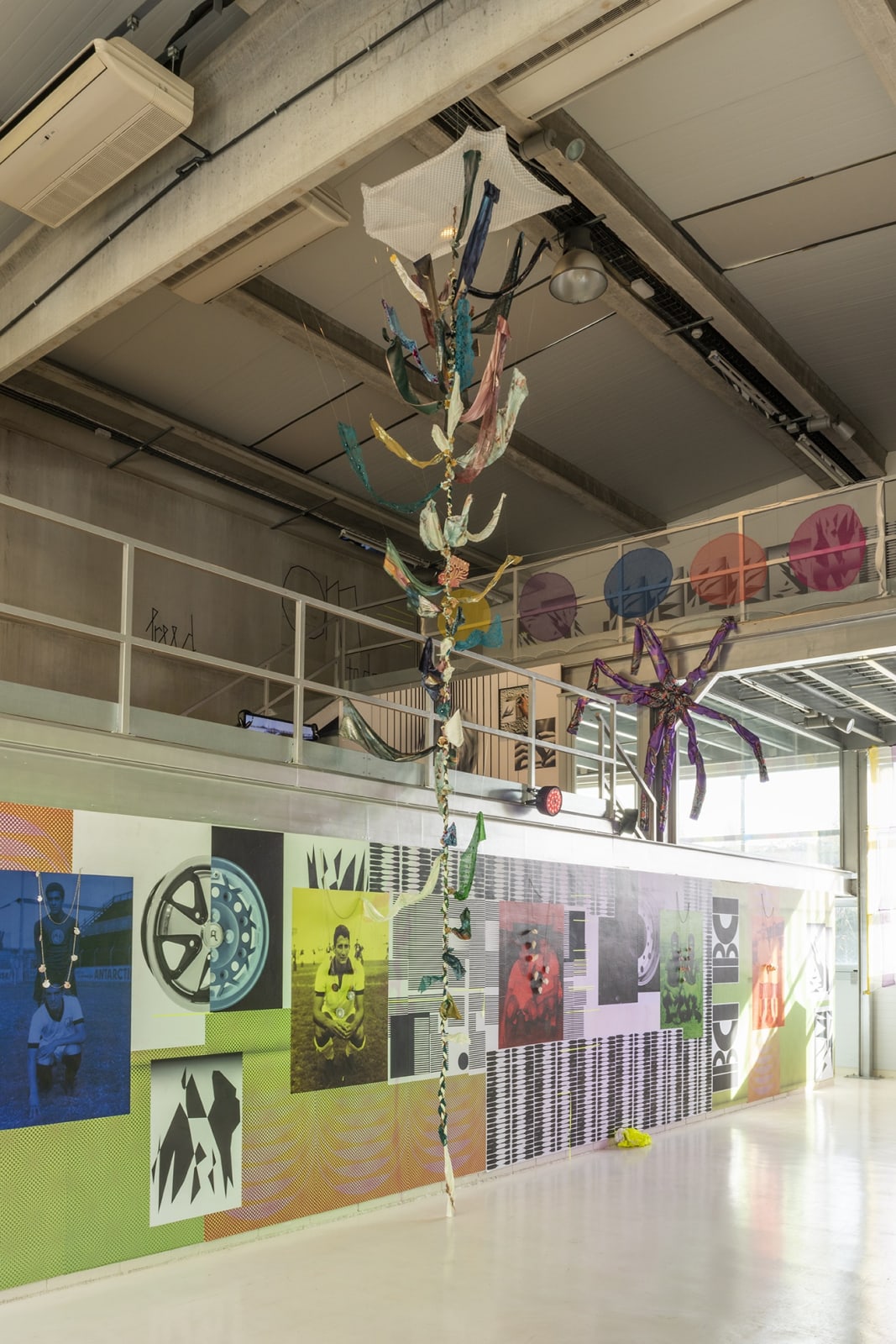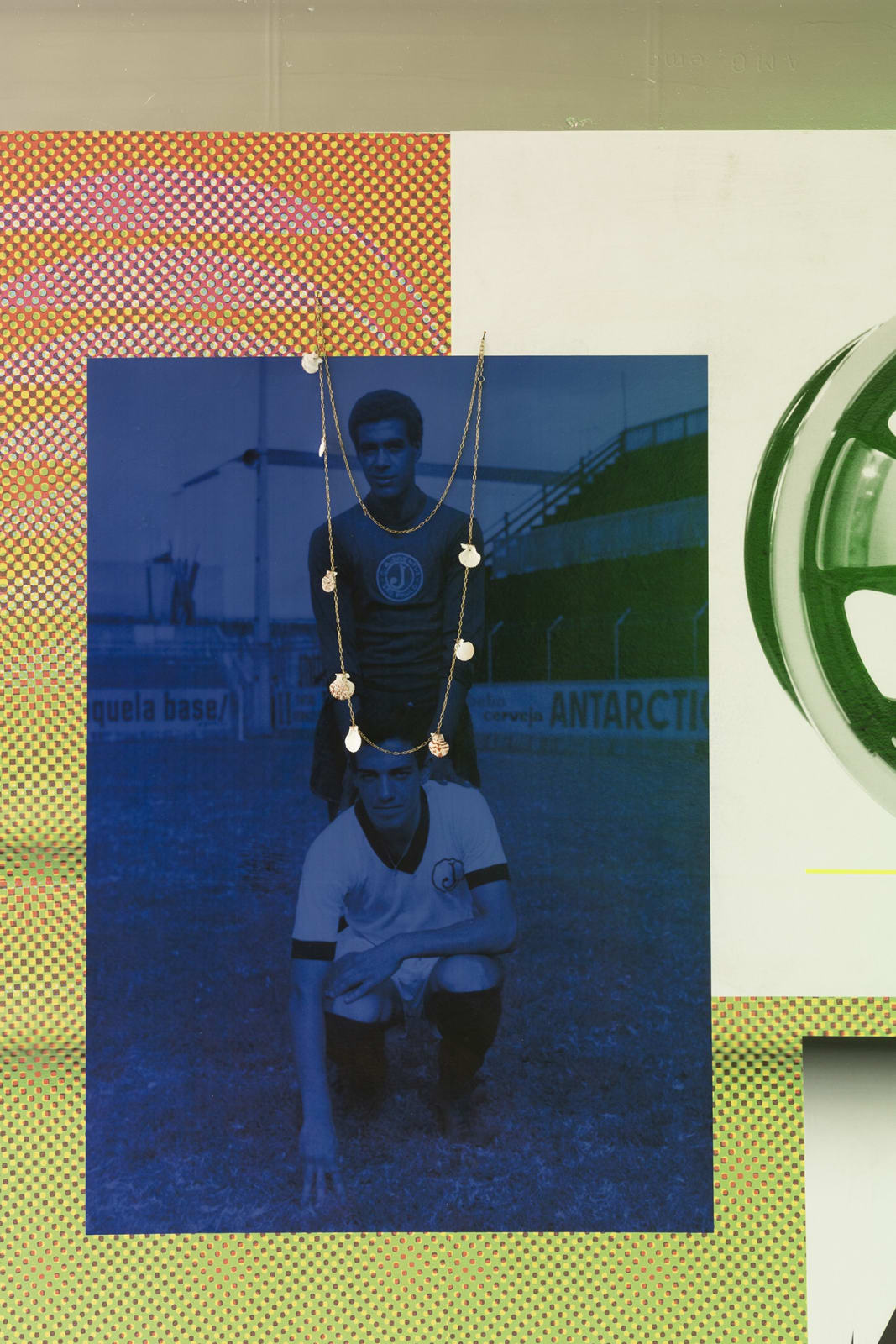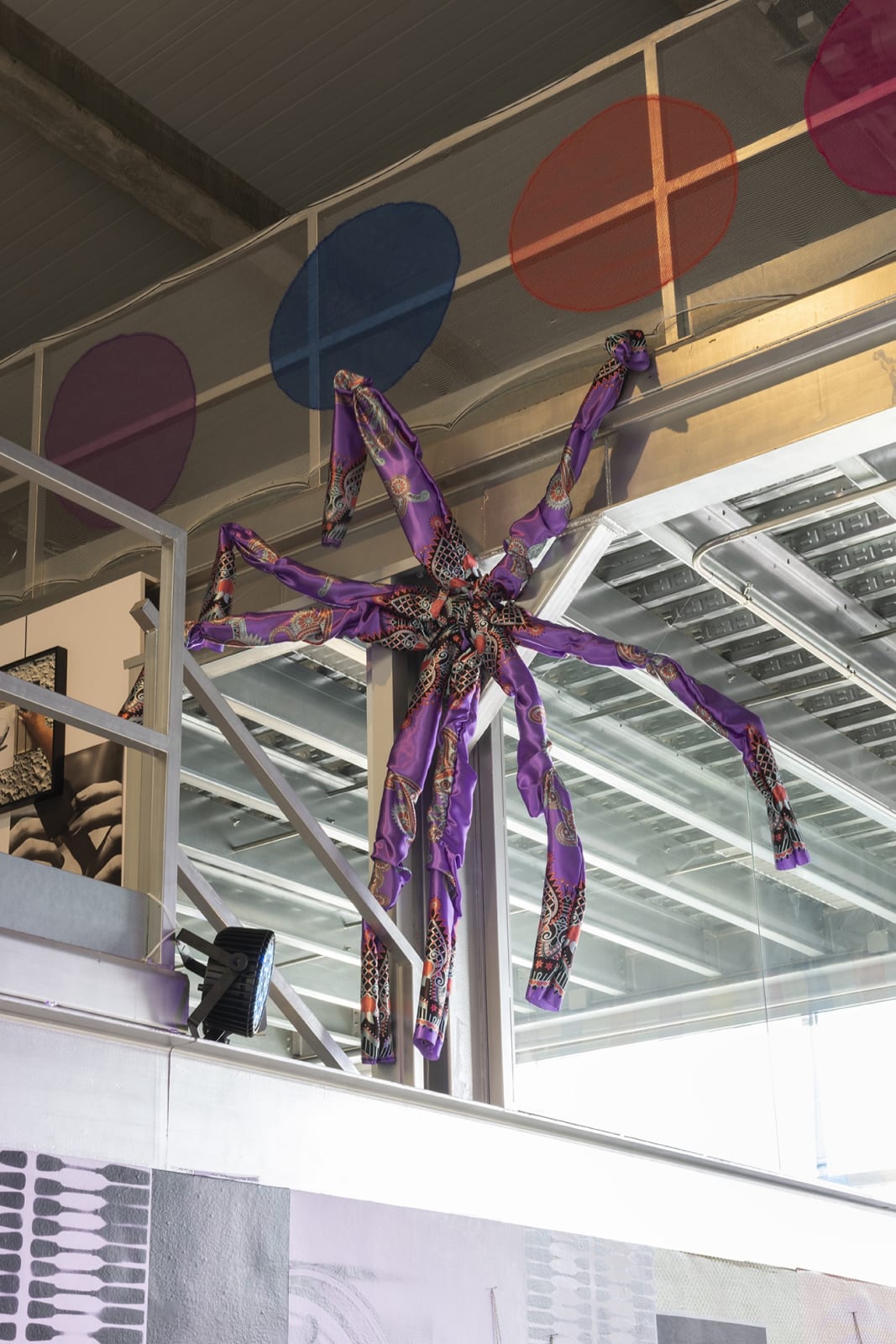Coalescence: Exhibition of Contemporary Art
Final party with Pere Faura, Sara Manubens, Raquel Gualtero, and Víctor Pérez-Armero; Dj's Paul O'Neill + Agnès Pe; and an intervention by Antonio Ortega. 20th Anniversary of ADN Galeria. Saturday, June 3rd, 2:00 PM at ADN Platform.
Coalescence is the title of an evolving accumulative exhibition, initiated by curator Paul O'Neill in 2003, in collaboration with Jaime Gili, Eduardo Padilha and Kathrin Böhm. After many iterations, involving dozens of artists and spaces, the project arrives at ADN Platform for the gallery's re-opening after the interruptions of the pandemic. This time Coalescence also includes the participation of artists Núria Güell, to kosie, Sara Manubens, Suzanne Mooney, Harold Offeh, Agnès Pe and Pilvi Takala, with Xavier Acarín as co-curator.
Coalescence is the outcome of the ongoing demystification of art's production and mediation processes, and while it denounces the position of the curator as a master-planner, it is a reflection on how curatorial praxis can become apparent within the exhibition-as-form. The gallery becomes a mutating environment for the collaboration between artists and the merging of their works into an overall assemblage. In doing so, the exhibition facilitates different modes of encounter, guided by spatial coordinates —with the background of architecture, the middle-ground of display structures, and the foreground of objects and bodies inhabiting the gallery— each layer transforming three planes of interaction into the exhibition. By underlining the interdependence of all three layers, and by questioning the limits of individuality and authorship, the exhibition leans towards a cooperative gathering and a collective sense of togetherness that redefines the group exhibition as a dominant format in contemporary art.
Jaime Gili, Eduardo Padilha and Kathrin Böhm have intervened in the architecture of the space with a series of posters, taped writing, printed matter and banners that create an environment, turning the industrial character of ADN Platform into a stage for the development of the exhibition. The artists have constructed a collaborative visual background for the other artworks and performances, enabling the unfolding of commonalities, convergences and processes of on-site adaptations and modulations.
Núria Güell's La Feria de las Flores (The Flowers Fair) (2015) is the result of a collaboration between the artist and a group of minors, victims of sexual abuse, realized at the Museum of Antioquía in Medellín. Leading a tour, the young women relate their personal stories with a selection of paintings by Fernando Botero, unveiling the underlying structures of exploitation. Although the city has promoted an image of economic success and cultural vitality, it also hosts a market of virgins that feeds sexual tourists from mostly the US, Spain, Germany, Israel, and Mexico.
to kosie, Sara Manubens and Agnès Pe, present a conjunction of sculptural, acoustic and performative elements, shaped by their interests in fluidity as an ongoing process of possibility and difference. Searching for a dimension of inter- and co-dependency that escapes the limits of the self, of the human and the normative, their objects, sounds and bodies become resonances of trans-formative paradigms that challenge established codes of gender and individuality.
Suzanne Mooney focuses on the supposed objectivity of optical devices that formulate 'truth' within techno-scientific knowledge systems. Her video SCOPE (2022) takes its cues from a box containing star charts, a telescope, a vinyl record and transparency slides —included in a 1980 space kit, produced by the National Geographic Society. The illusory and the real become indistinct here, demonstrating the layered composition of lens-based research, susceptible to interpretative bias. By questioning the idea of veracity, the work opens the door to a perceptual shift towards an exploration of the imagination.
Harold Offeh's Lounging is an extension of Covers, a work series initiated in 2008 in which the artist builds on established performance methodologies of the 1970s. By re-enacting the album covers of black singers from the seventies and eighties, Offeh uses his body as a durational static tableau, mobilising the power of visual mediation and the potential of photography for the presentation of the self. The cultural universe of pop imagery bounces back the assumed stereotypes of identity, defying preconceived notions of the viewer.
Pilvi Takala's video The Stroker (2018) is based on her intervention at Second Home, a trendy East London coworking space. Takala posed as a wellness consultant named Nina Nieminen, founder of a cutting-edge company employed to provide touching services in the workspace. With this piece, Takala unveils the tacit conventions that govern 'acceptable behaviour' codified by an everyday choreography of normalised gestures. Anything outside of the acceptable becomes uncomfortable, awkward, unsuited for the routine work week, even in a supposedly 'innovative' environment. The codification of touch appears here as the barrier of social and economic division.
By including the subtitle —(Coalescències, Coalicions, Col·lisions, Col·lapses) [Coalescences, Coalitions, Collisions, Collapses]— Coalescence reacts to the context of universal unsettling that since 2003 has accelerated on all levels of our human and planetarian experience. In 2022, the collaborative nature of the project takes on another tone. Whereas the gathering of people and artworks continues to define a sense of proximity, this now also holds an unsettling question. How to be together when we feel divided, distrustful, sceptical of each other and anxious about our collective future? How can we create a process of cohabitation, allowing for mutuality and permeability in a shared world during a time of perpetuated white privilege, pandemics, wars, ecological collapse, humanitarian crises and democratic involutions? What agency does the processual have over already predetermined conclusions? What function does doubt in relation to self-sufficiency? Taking the coalescence of art practices as idea, as methodology and as a process of emergence, 'Coalescence' questions the exclusionary privileges of contemporary art and asks if the group exhibition as form can still be used, defied, extrapolated and at the same time make possible multiple modes of comingling, contestation, compromise and cooperation.
Opening November 26, 2022, from 2pm at ADN Platform, with performances by Harold Offeh.

![]()

